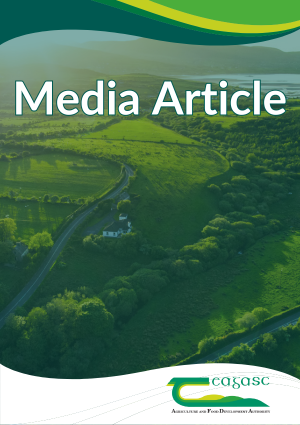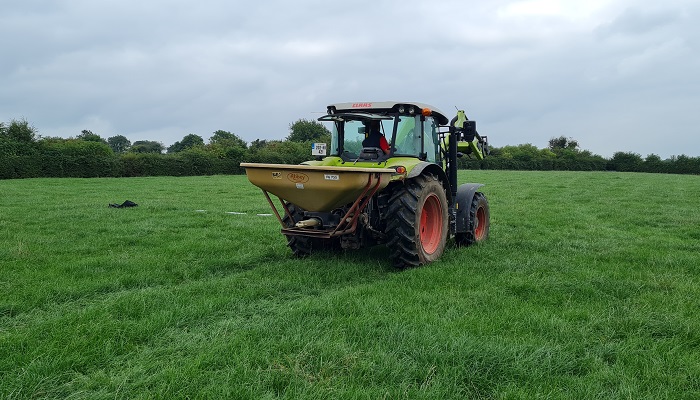
Closing for silage – points to consider
Closing for silage – points to consider 07 April 2025 Type Media Article Donall Fahy, Drystock Advisor, Ballinasloe, Co. Galway Fertilising for first cut grass silage is an important task which must be completed currently. The right fertiliser application will promote healthy grass growth, ensuring the best possible yield and quality. Here are some key […]
By Donall Fahy, Drystock Advisor, Ballinasloe, Co. Galway

Closing for silage – points to consider
Type Media Article
Donall Fahy, Drystock Advisor, Ballinasloe, Co. Galway
Fertilising for first cut grass silage is an important task which must be completed currently. The right fertiliser application will promote healthy grass growth, ensuring the best possible yield and quality.

Here are some key guidelines:
Soil tests
Before applying any fertiliser, it’s important to review soil samples taken within the last 4 years or else take new soil samples – to determine the nutrient levels. This will help you understand what is already available in the soil and what needs to be added.
Nitrogen
Nitrogen (N) is a key driver of grass growth and newly reseeded perennial rye grass swards are more efficient using N than older swards. A growing crop of grass silage has a high nutrient requirement and to produce a crop yielding 5t dry matter per hectare will require 100 kg N/ha (80 units/acre). Grass silage will use up on average 2.5kg/ha/day of N (2units/day), therefore leave at least 50 days between application date and cutting date to ensure full crop N utilisation.
P & K’s
Phosphorus (P) and Potassium (K) are two significant nutrients required to maximise yields. One cut of grass silage removes approximately 4kg P and 25kg K /tonne of grass DM. Organic manures such as slurry and farm yard manure are a cheap source of providing and replenishing P & K levels on silage ground.
Timing
Application timing is just as important as application rate. Therefore, silage fields should be closed in early April and a period of 7 days must be left between spreading slurry and applying chemical fertiliser on the same fields. Similarly, on heavier soils, chemical fertiliser application rates and dates can be split 50:50 to reduce N losses – meaning 50% of fertiliser can be applied in early April and the remaining 50% applied one week later.
With the current good weather it’s important not the let this opportunity pass to achieve top quality silage by the end of May on most farms.
Teagasc provides a Local Advisory and Education service to farmers.
Find your local Teagasc office.
